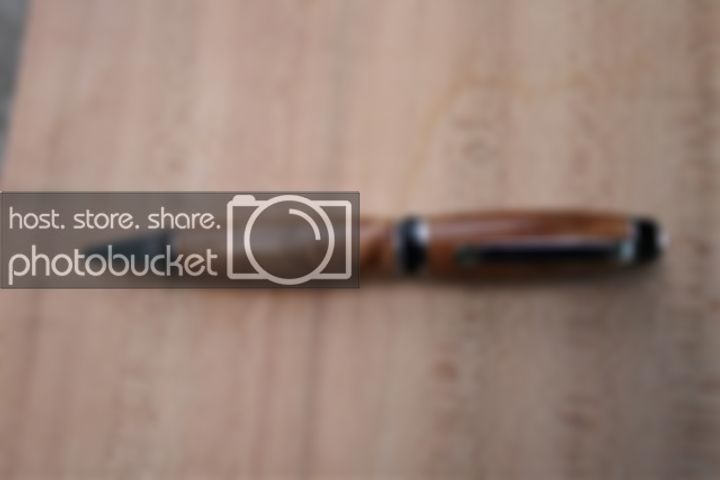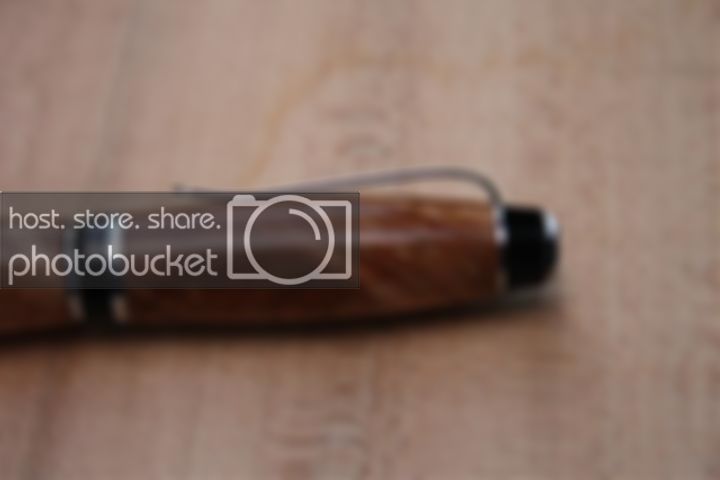texaswoodworker
Member
Hi everyone, It's been a while since I've been on the forum but I'm back. I had a question about finishes. I'm pretty much done with CA doe to my high failure rate. (may try it again later though) I was wondering what are some of the pros and cons of a poly or laquer finish and which one would be better? Also, I heard that laquer yellows with age and was wondering if that is a proble with using it on pen?


